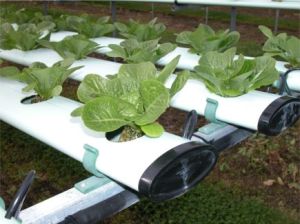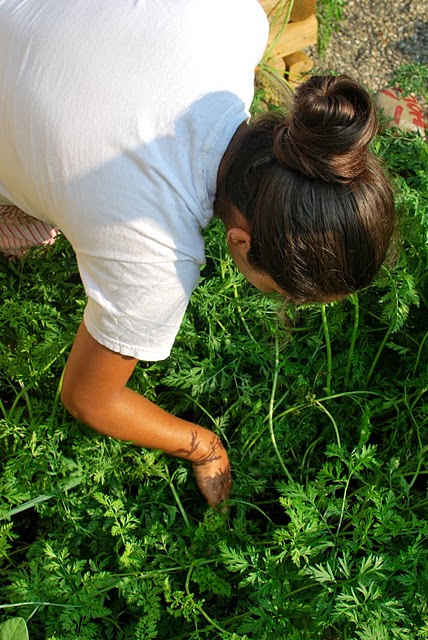by Jennifer McJunkin
Producing compost and growing a garden seem to go hand in hand. Having never grown up with a composter, the idea of composting is as mysterious as it is fascinating. My first introduction with composting was, as a child, watching my grandfather set out soybean grounds left over from the few occasions of making soy milk at home. The grounds would sit outside for about a week or so (I’m not sure if anything was added to them) despite the constant complaints from various family members about the odorless but ugly heap. Yet, the grounds fertilized and helped produce some of the biggest roses in my aunt’s garden. Turning waste into proper nutrients with the purpose of feeding plants directly relates to successful gardening. As we are taking nutrients straight from the earth, it is only fair to put it back in order to perpetuate the growth of the plants.
Read more here –>





